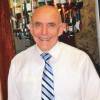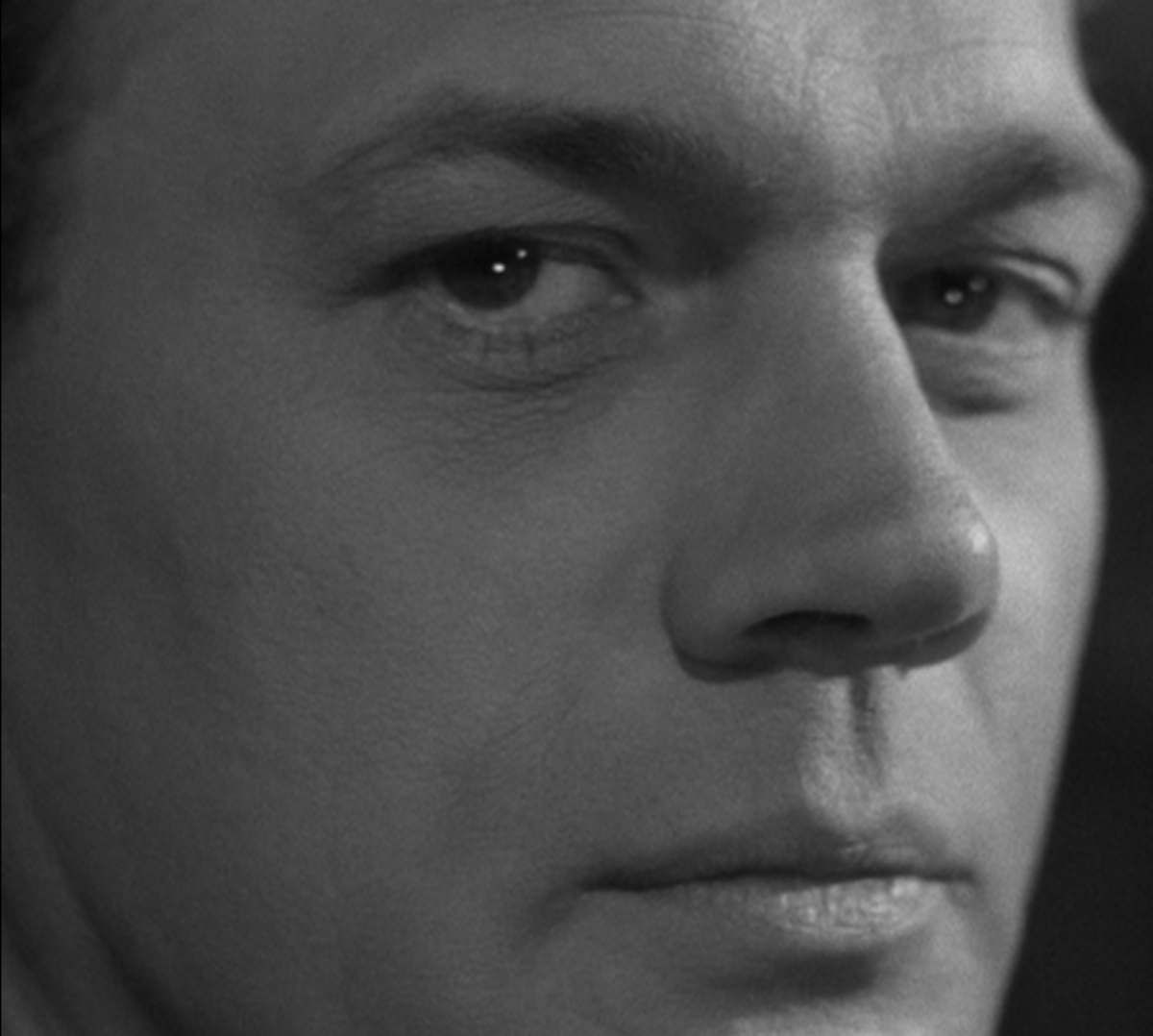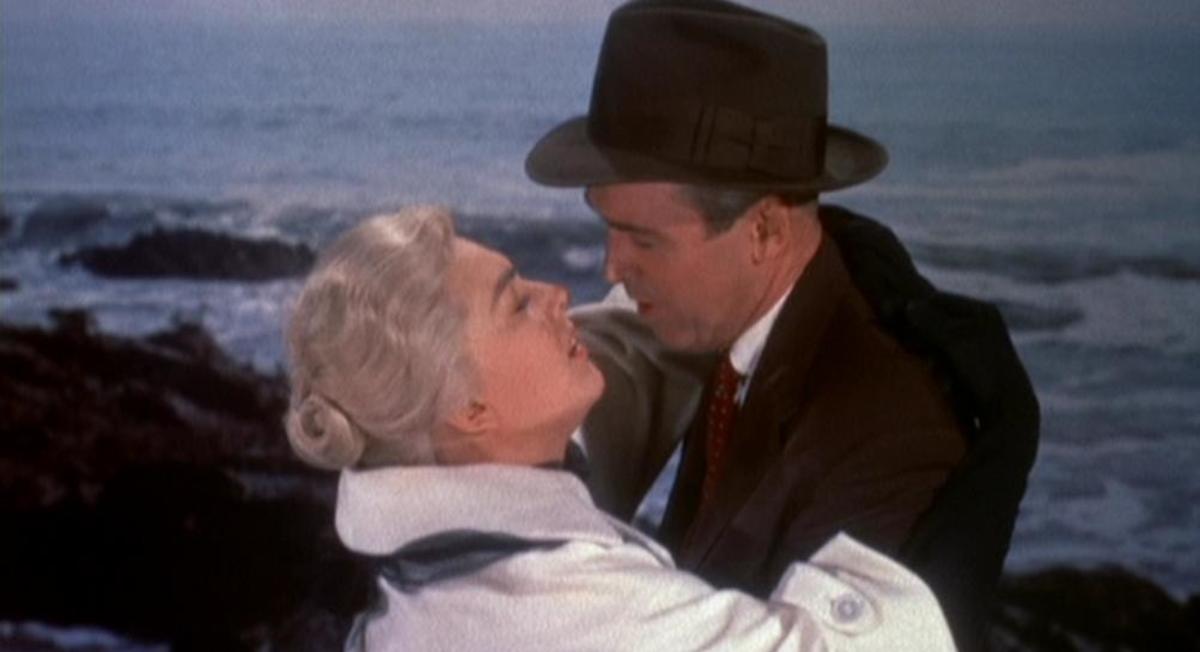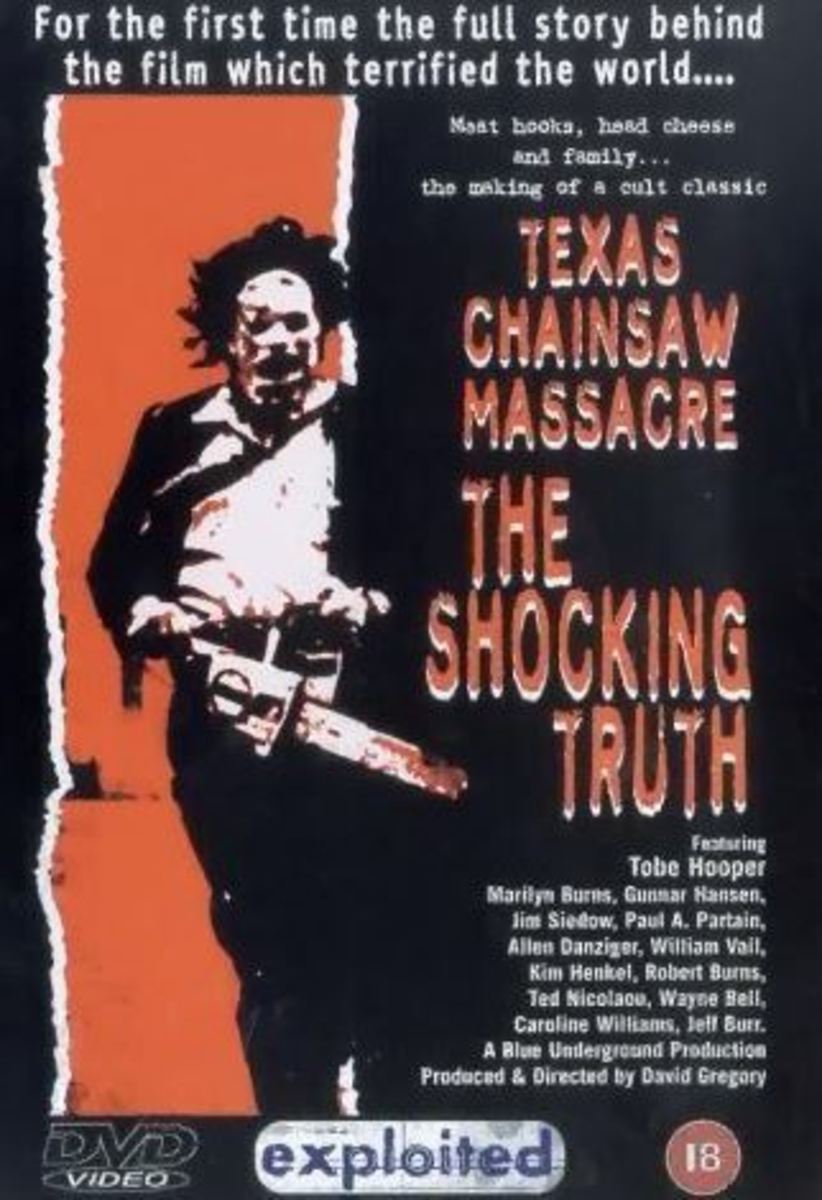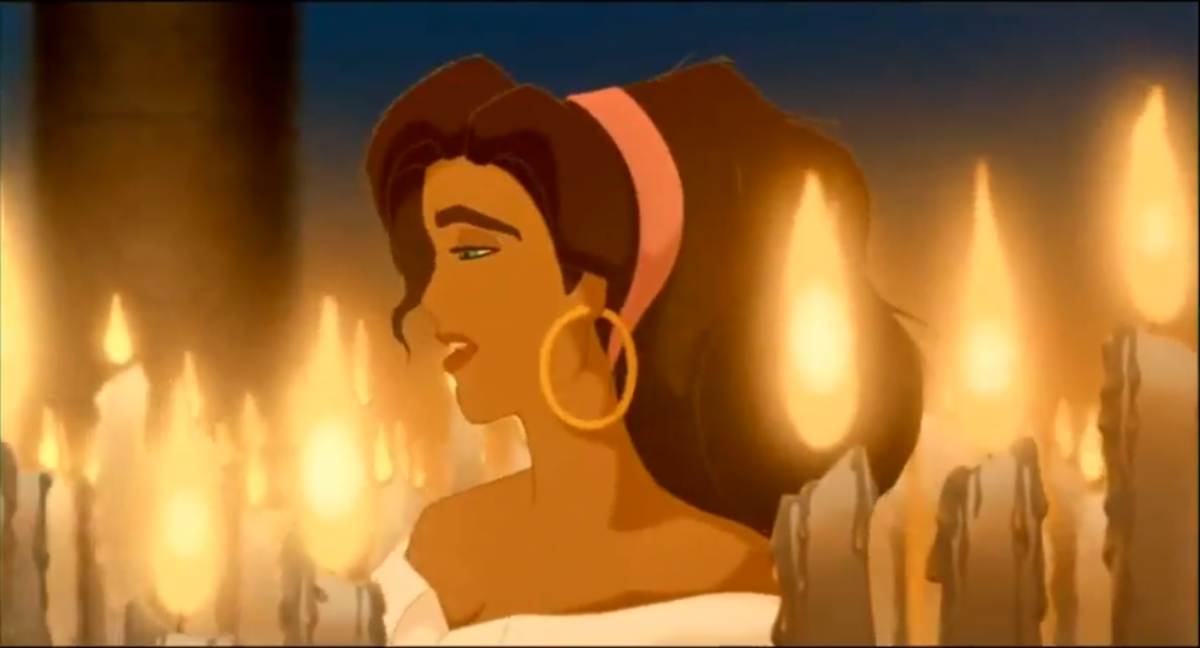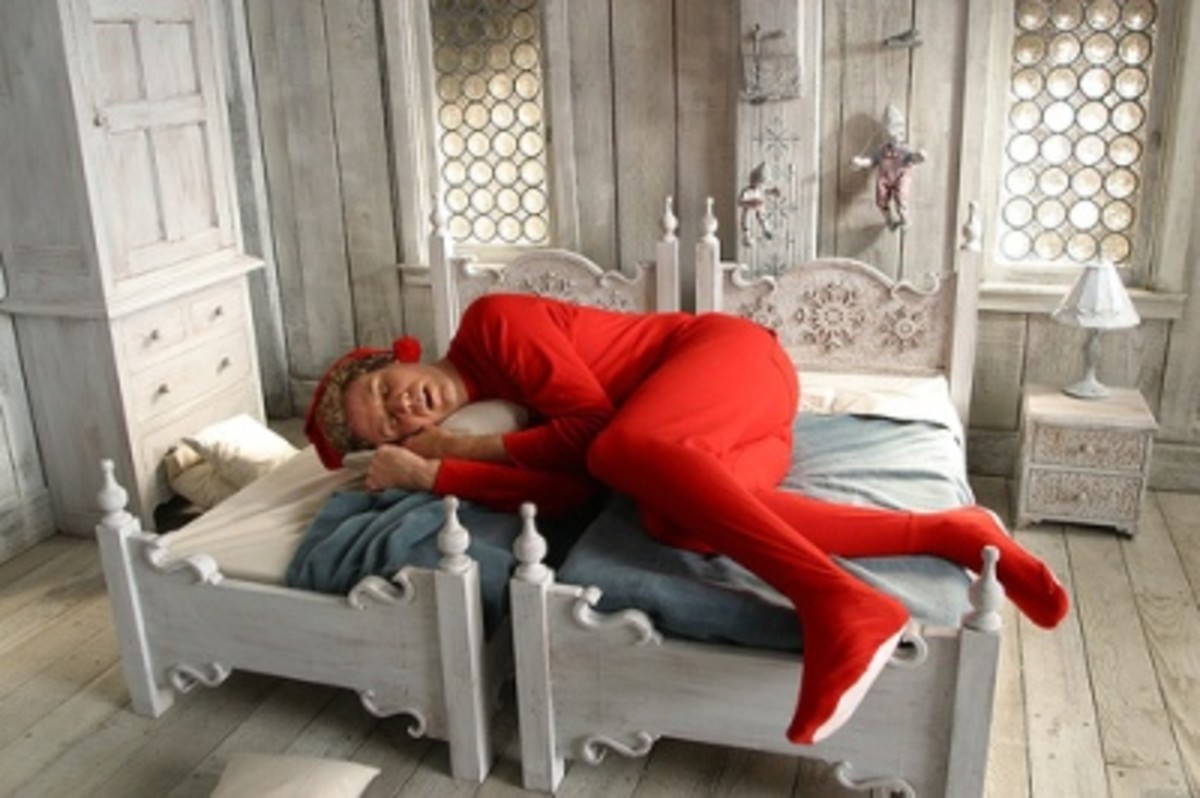Alfred Hitchcock, The Cold Water of Fear
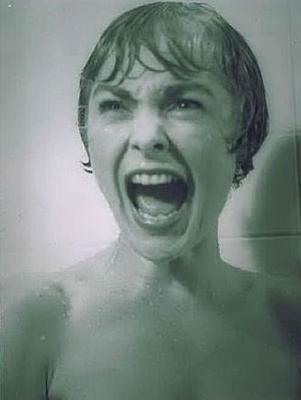
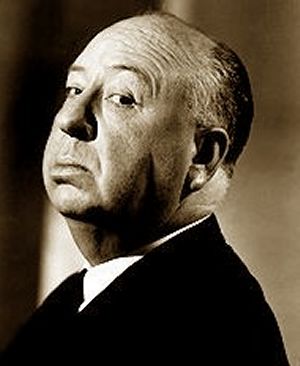
Introduction
Alfred Hitchcock was the acknowledged master of the thriller, a genre he virtually invented. He was also a brilliant technician who deftly blended sex, suspense and humor. He directed more than fifty feature films in a career spanning six decades, from the silent film era, through the invention of talkies, to the colour era. Hitchcock was among the most consistently successful and publicly recognizable world directors during his lifetime, and remains one of the best known and most popular of all time.
Early Days
He was born Alfred Joseph Hitchcock on the eastern edge of London, in Leytonstone, Essex, on 13 August 1899. His father was a greengrocer called William Hitchcock (1862 - 1914), his mother was Emma Jane Whelan (1863 - 1942) and he had two older siblings, William Hitchcock (born 1890) and Eileen Hitchcock (born 1892). He grew up in a very strict Roman Catholic family and attended St Ignatius college and a school for engineering and navigation. In 1914, when Hitchcock was 14 years old, his father died.
He then left school and worked as a clerk at the Henley Telegraph Company and took evening lessons in draughtsmanship and drawing at the University of London. In 1919, these skills enabled him to get a job as a title card designer with the American production company Famous Players-Lasky when it began making films in a converted power station in Islington.
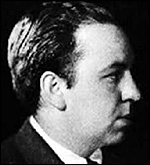
The Americans did not stay long in Islington, but Hitchcock's already rapid ascent speeded up when the studio was taken over by Michael Balcon's Gainsborough Pictures in 1924. Balcon allowed Hitchcock to work at an array of jobs for Gainsborough: as a set designer, scenario writer, editor and as the assistant director to Graham Cutts, who was then Gainsborough's top director. This experience was invaluable in Hitchcock's later career.
In 1925, Hitchcock was given his own directorial assignments with The Pleasure Garden and The Mountain Eagle, both of which were filmed in Munich's Emelka Studios as part of a co-production deal between Gainsborough and the German producer Erich Pommer. Neither film garnered much attention, and it was not until the release of his third film, The Lodger, that both the critics and the public took notice of Hitchcock.
Indeed, The Lodger seemed able to please just about everyone. With filmic techniques informed by the international art cinema of the 1920s, an Oedipal narrative format borrowed from Hollywood, and subject matter that was distinctly English (a Jack the Ripper story with authentic London settings), it remains a remarkable hybrid and a stunning example of late silent cinema. The Lodger also introduced several of Hitchcock's most enduring story elements: a protagonist whose innocence is in doubt, a romance filled with suspicion and mistrust, wry humour and a murderous fascination with blondes, to name but a few, that would endure for many years. The director, Alfred Hitchcock, had arrived.
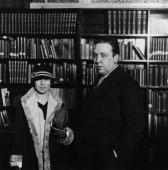
Success and Hollywood
In 1926, he married Alma Reville, his assistant, who collaborated on many of his movies as a writer, adviser and general assistant. Their daughter, Patricia, acted in a number of his movies and television thrillers.
The pictorial and technical innovations of Hitchcock's early melodramas garnered him increasing praise. In 1929, he directed "Blackmail," Britain's first widely successful talking feature. In the 30's, he won international acclaim for his pacesetting spy thrillers, including "The Man Who Knew Too Much"; "The 39 Steps"; "Secret Agent"; "Sabotage," called "The Woman Alone" in the United States, and "The Lady Vanishes."
Lured to Hollywood
Pursuing greater opportunities than those available in Britain, Hitchcock moved to Hollywood in 1939. His first film made under contract to producer David O. Selznick was an adaptation of Daphne Du Maurier's REBECCA (1940), starring Laurence Olivier, Joan Fontaine and a host of talented British character actors including Judith Anderson, George Sanders, Gladys Cooper, Florence Bates, Nigel Bruce and C. Aubrey Smith. In addition to popularity with critics and audiences, REBECCA also won the Academy Award as Best Picture of 1940 -- Hitchcock's only film to take the top prize but it began a long string of successes. While the film won an Oscar, Hitchcock did not win for Best Director (and never would, although he would receive honorary Oscars.)
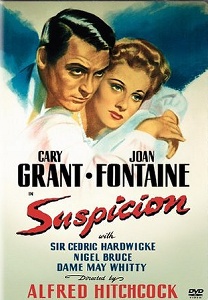
In 1941, Hitchcock acted as producer and director on SUSPICION, another popular suspense thriller set in his native England (though again filmed in Hollywood) and starring Joan Fontaine as a wife who fears her husband, Cary Grant, only married her for her money and is now trying to kill her. Although SUSPICION marked Hitchcock's last film with Fontaine, it proved to be the first of four successful teamings with Cary Grant whose cool and charming demeanor made him one of Hitchcock's favorite leading men.
In the film maker's early years in Hollywood, he created a stir when he quipped that "all actors are children" and "should be treated like cattle." He later showed particular disdain for Method school actors. But he never raised his voice on a set and never argued with a performer in front of the crew. A number of stars later described him as a vividly persuasive man who knew exactly what he wanted in a picture--and got it.
It was when Saboteur (1942) was made, that films companies began to call his films after him; such as Alfred Hitchcock's Psycho, Alfred Hitchcock's Family Plot, Alfred Hitchcock's Frenzy.
It is evident that Hitchcock was eager to maintain ties with Britain. He returned in wartime to make two short films for the Ministry of Information, Bon Voyage and Aventure Malgache (both 1944).
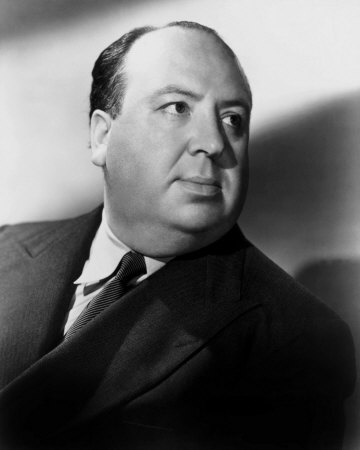
Dial M for Murder
Directorial Genius
During his most inspired period, from 1950 to 1960, Hitchcock produced a cycle of memorable films which included minor works such as I Confess (1953), the sophisticated thrillers Dial M for Murder (1954) and To Catch a Thief (1955), a remake of The Man Who Knew Too Much (1956) and the black comedy The Trouble with Harry (1955). He also directed several top-drawer films like Strangers on a Train and the troubling early docudrama (1956), a searing critique of the American justice system.
It was during the second half of the 1950s that Hitchcock's output reached its zenith, with an output of suspense films that was extraordinary in its quality, even when the material wasn't always commercially successful. Starting with Rear Window, he created a series of movies that challenged viewers, sometimes quietly and sometimes boldly, but always in unexpected ways. This all led to a new venture for the director, in the form of a weekly suspense anthology series called Alfred Hitchcock Presents - and suddenly he wasn't just one of the top filmmakers in Hollywood, but also a media star. The series ran for eight seasons, and although he only directed a handful of the episodes - Norman Lloyd was one of those who played a key role in the actual production of the show - his weekly appearances as the wry-witted, dark-humored host made him a fixture in American households and the minds of millions of people. The theme music, Gounod's "Funeral March of a Marionette," will always be inextricably linked with his name..
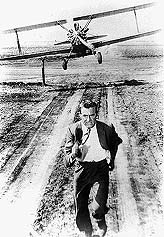
North by Northwest (1959) is perhaps Hitchcock's most fully realized film. From a script by Ernest Lehman, with a score (as usual) by Bernard Herrmann, and starring Cary Grant and Eva Marie Saint, this quintessential chase movie is full of all the things for which we remember Alfred Hitchcock: ingenious shots, subtle male-female relationships, dramatic score, bright technicolor, inside jokes, witty symbolism and above all masterfully orchestrated suspense.
Your One-Stop Classic Hollywood Site

Classic Hollywood Movies and Stars
- Click for Classic Hollywood's Golden Age
For all you need to know about the glamour, the style, the sex-appeal and the sheer razamatazz of an era which produced some great films, some great directors and some of the greatest stars ever to walk this earth.
THAT shower scene
Psycho (1960) is famed for its shower murder sequence a classic model of shot selection and editing which was startling for its (apparent) nudity, graphic violence and its violation of the narrative convention that makes a protagonist invulnerable. Moreover, the progressive shots of eyes, beginning with an extreme close-up of the killer's peeping eye and ending with the open eye of the murder victim, subtly implied the presence of a third eye the viewer's.
Later films offered intriguing amplifications of his main themes. The Birds (1963) presented evil as an environmental fact of life. Marnie (1964), a psychoanalytical thriller along the lines of Spellbound showed how a violent, sexually tinged childhood episode turns a woman into a thief, once again associating criminality with violence and sex. Most notable about Torn Curtain (1966), an espionage story played against a cold war backdrop, was its extended fight-to-the death scene between the protagonist and a Communist agent in the kitchen of a farm house. In it Hitchcock reversed the movie convention of quick, easy deaths and showed how difficult and how momentous the act of killing really is.
Hitchcock the man
In contrast with the disordered Hitchcockian cinema world, the moviemaker's personal life was routinized, stable and serene. Unless he was shooting a film or out promoting one, he rarely ventured away from his home or office, according to Richard Schickel, who interviewed him for a public television series, "The Men Who Made the Movies," in 1975.
Hitchcock was a very calm man, and had a measured, courtly manner and wore dark suits, white shirts and conservative narrow ties. He was a gourmet and wine connoisseur, and, with a 5-foot-8- inch frame, his weight once soared to 290 pounds, though he tried to keep it down by dieting to about 220 pounds. He avoided exercise and fiction, and voraciously read contemporary biographies, travel books and true-crime accounts. He increased his fame and fortune by lending his name to, and supervising for decades, popular suspense anthologies and magazines with tales by many writers.
He was a noted practical joker whose favorite prank was telling a tantalizing story in a loud voice to a companion in an elevator, perfectly timing his exit just before the punch line and then bowing politely to the intrigued but frustrated passengers.
In his youth he gladly visited numerous courtroom trials. This would be probably comparable with our current television program, but certainly more exciting and in any case more realistic. Hitchcock also read very much, and later he was an inspired theatre and, naturally, cinema lover.
In the late 1960s, Hitchcock was awarded the life time achievement award, where he said this famous quote: "I beg permission to mention by name only four people who have given me the most affection, appreciation, and encouragement, and constant collaboration. The first of the four is a film editor, the second is a scriptwriter, the third is the mother of my daughter Pat, and the fourth is as fine a cook as ever performed miracles in a domestic kitchen. And their names are Alma Reville."
In early 1980, Hitchcock was knighted, making him Sir Alfred Hitchcock. On the 29th April 1980, he died peacefully in his sleep due to renal failure.
Great Hollywood Links - take a look!
Start Writing, Join Hub Pages
- Sign In to HubPages
Sign up -- Absolutely free and takes just seconds --Then Create a Hub (your own Web article) quickly and easily--Then Make money when visitors to your Hubs click on ads.
